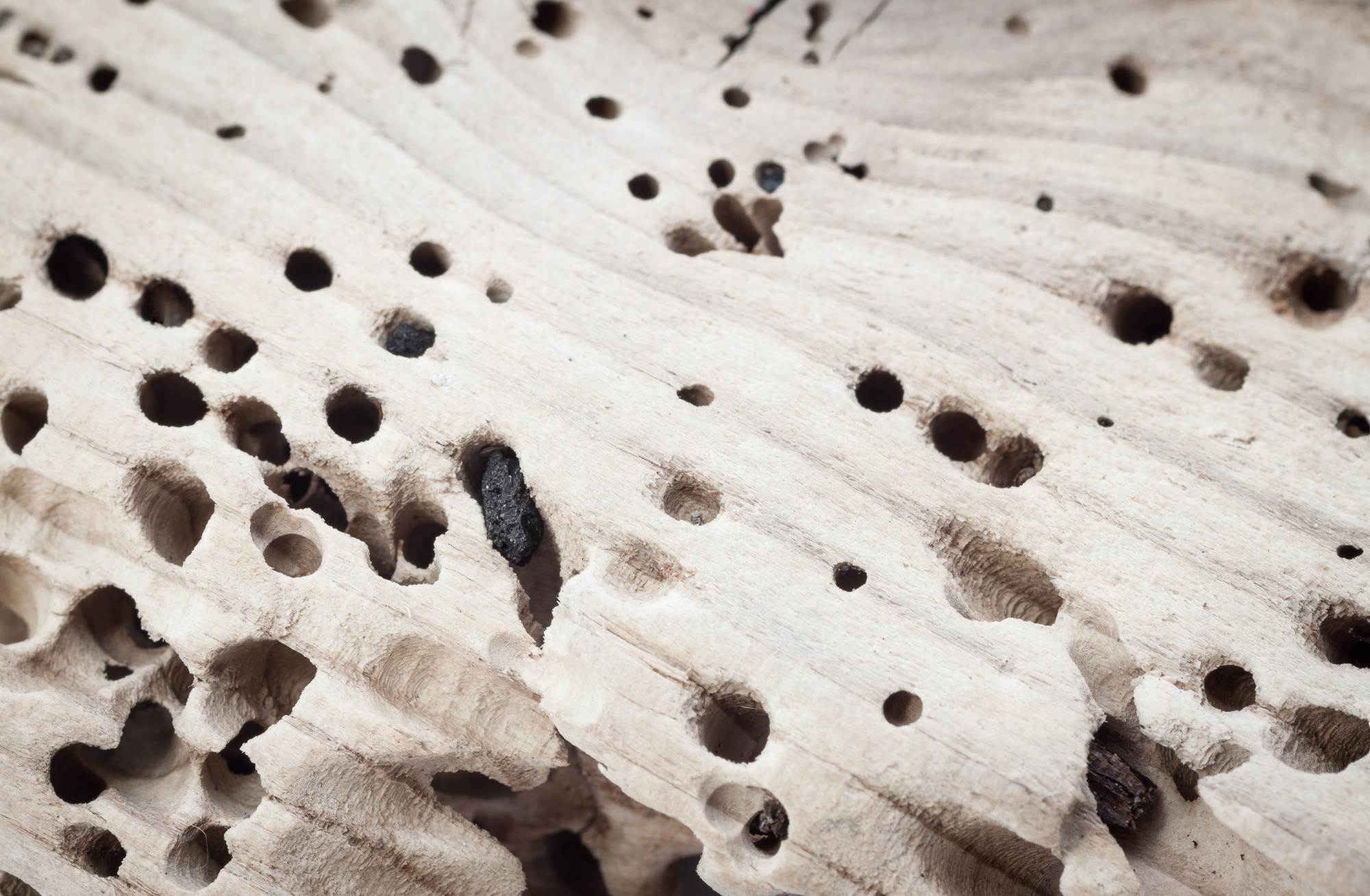8 Uses for Flexible Foam You May Not Know About

If you need the next cosplay idea, you’ll need to get some flexible foam to build it. If you transport heavy furniture and equipment, it will cushion the trip.
For schools and childcare owners, the foam holds up against busy toddlers in soft play items. These products are the beginning of the long list of uses for a material born in the 1930’s.
The material has come a long way since WWll when a harder version coated airplanes. We find it in shoes, clothes, and car wash sponges.
Many love the benefits of flexible foam as they sleep sound on a memory foam mattress.
We don’t have to go far to find eight uses for flexible foam you may not know.
Noise Reduction
When you visit a great music venue, you are not going to notice the walls and ceilings. But, you do know the sound is incredible.
Thanks to polyurethane, none of the pitch-perfect notes escape. And, background noise won’t make it to your seat. The foam forms onto walls and ceilings in decorative panels and moldings.
Companies offer pre-molding for board-look interior construction. The same foam makes your seat comfortable, too, lying between the upholstery and frame.
Recreation and Protection
For those who play baseball, football, or motorcycle, protecting their melon is vital. Head injuries are no laughing matter.
For young children whose bones are still growing, it is a rule. The cushion between appendages and hard plastic outerwear keeps bones safe.
The foam must be able to give in against both hard plastic and human movement. It is the pliability is that makes it work. And, it must be able to stand up to continuous wear.
You’ll find it in helmets, skates, ski boots, ice skates, and protection wear. And, the goal post foam protectors protect players from colliding with metal.
Keep the Weather Outside
Polyurethane foam is useful for a variety of insulation needs. Spray foam is a favorite way to ensure homes stay comfortable.
Manufacturers also began using the foam to insulate exterior doors, too. Wood or hollow doors are not as energy saving as their foam core counterparts.
The Department of Energy has recommendations and standards for these. They suggest replacing old doors with this new standard for energy-saving insulation.
How Doctors Use Flexible Foam
The resilience and protection qualities of foam are perfect for the medical field. We find it in prosthetic devices to avoid abrasions. For stroke patients, flexible foam assists in physical therapy.
As well as everyday sponges throughout hospitals. Medical grade foam stands up to wear and is latex-free. In most medical fields, the packaging is paramount in keeping devices safe.
Foam keeps it from breaking and safe from elements. In hospital beds, it helps keep the skin safe from sores as it allows the skin to breathe and move.
And, there are uses on the horizon in testing now. Researchers are experimenting with using flexible foam in emergency situations.
If a patient has an injury causing bleeding, the foam shows results in impeding blood loss.
Sea Foam Inside the Boat
Lightweight, flexible foam is perfect for floating. Extensive use on the water includes seating, hulls, pontoons, and for protecting machinery.
You’ll find it in small craft like rowboats and kayaks, too. For larger vessels, the foam fits the intricate shapes of seating and galleys.
Boat makers work with manufacturers in molding the foam for a perfect fit. Molds are available from waterproof flooring to captain’s chairs.
It’s also ideal for diving equipment as it both repels water and moves with the body.
Driving with Foam
It’s no surprise that flexible foam is under upholstery for comfortable driving. But, its use goes beyond the driver’s seat.
Manufacturers use it on dashboards, bumpers, inside doors, and under consoles. Most people prefer a soft interior to hard plastics, and the resilient foam makes comfort a snap.
Drivers also want their music sound. The foam provides for the perfect notes in the cockpit. The use near speakers and interiors diverts vibration and keeps street noise at bay.
A Restful Sleep
Flexible polyurethane foam is in some of the most excellent mattresses in the world. And, business is booming. It seems everyone needs a good night’s sleep.
Mattress makers continue to perfect their magic. Memory foam contains gel to give sleep a crisp answer to foam which can get too warm without it.
As consumers begin to turn away from the old box spring model, one-piece bedding emerges. Because foam can shrink and rebound in seconds, modern mattresses ship in one small box.
Furniture is Better With Foam
We see grandma’s old wingback chair worn down to the frame, we are bearing witness to old stuffing giving up. Back then, makers would rely on springs, webbing, and cotton to fill furniture.
Today, furniture makers choose high-density flexible foam made to stand up to long use. You’ll not see indentations like butt marks on sofas or heel prints on ottomans.
Not for long, anyway. The foam bounces back from pressure in seconds, giving the best of comfort to every use. Today, makers choose longer lasting products for upholstery options, too.
Consumers enjoy years of style and appeal in dining chairs to upholstered headboards.
The Future of Flexible Foam
Manufacturers look toward the future of flexible foam as an opportunity for innovation. Recycling the material was once a concern.
The flame retardants for safety in the production is the reason. Today, ensuring the products veer from landfills is vital.
Bonding old product into new carpet cushion or building materials upcycles old waste. There are options for other lightweight construction, too.
Check this website for more.



